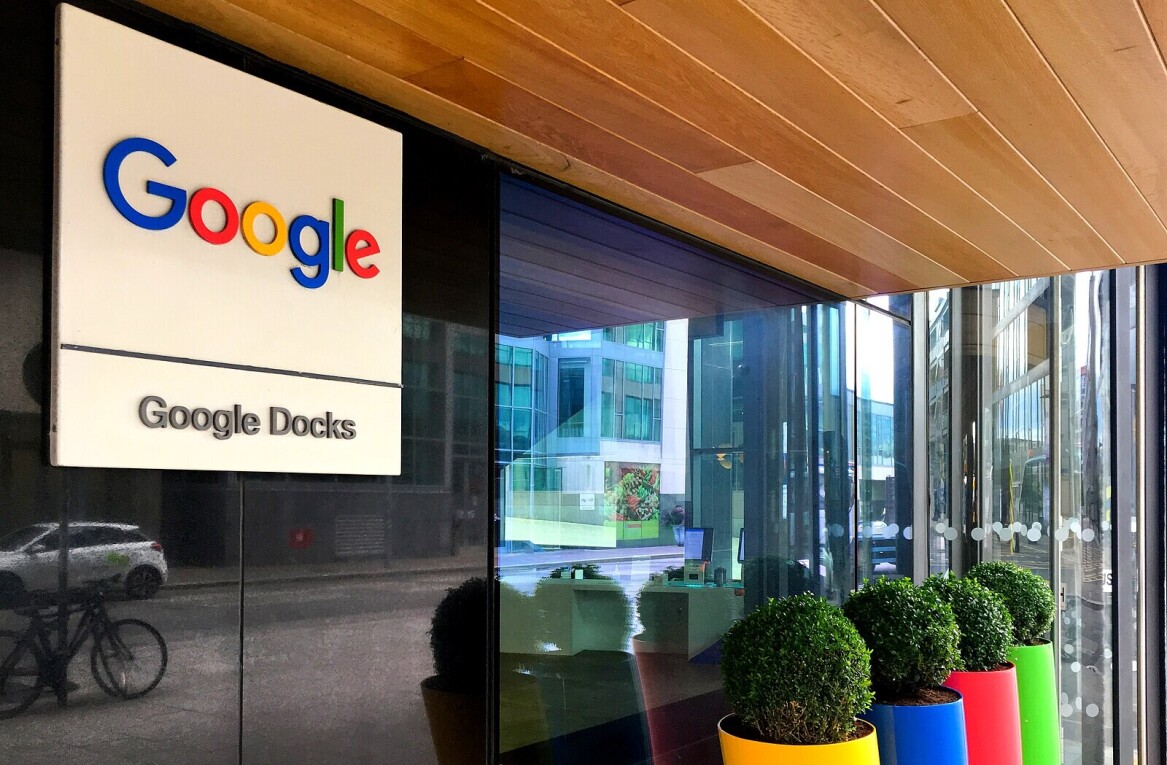
Exactly a week after releasing the stable version of Chrome 28, Google has announced the release of Chrome 29 beta for Windows, Mac, Linux, and Android. The biggest changes include tweaking how Omnibox suggestions work on the desktop as well as finally adding WebRTC support on Android.
For the former, Google doesn’t go into much detail. The company merely says that the Chrome beta channel for desktop has received improvements to omnibox suggestions “based on the recency of websites visited, so you’ll get more contextually relevant suggestions at the right time.”
We assume this means that if you’ve been using Chrome for a very long time, omnibox will tailor its results more to what you’ve used it for in recent days and weeks as opposed to months and years. If you’ve only recently switched to Chrome, you likely won’t notice as big of a difference.
Chrome 29 beta for Android meanwhile has received faster page loading, as well as Web Audio and WebRTC support. The former is a high-level JavaScript API for processing and synthesizing audio while the latter enables real-time communication (such as videoconferencing) in the browser without installing any plugins.
More specifically, the Web Audio API allows Web developers to implement “professional-quality” audio production apps and “modern” game audio engines. You can see it in action for yourself in the MIDI Synth demo, which should look like this on Chrome for desktop, iOS, and today’s Android beta release (on ARM devices that support NEON optimizations for now):
WebRTC support meanwhile consists of three independent components: getUserMedia (provides access to the user’s webcam and microphone), PeerConnection (sets up calls with the ability to traverse NATs and firewalls), and DataChannels (establishes peer-to-peer data communication between browsers). All three have been in desktop Chrome since version 25 beta, and now they’re finally coming to Android today’s release (you can try Google’s video chat demo with WebRTC out for yourself here):
The official Chrome 29.0.1547.23 beta changelog for Android is rather brief:
- Support for WebRTC, a web platform feature to enable real-time voice and video communications.
- Faster page loads.
- Lots of under the hood changes for stability and performance.
The Chrome 29.0.1547.22 beta changelog is also equally short:
- Improved Omnibox suggestions.
- A number of new apps/extension APIs.
- Lots of under the hood changes for stability and performance.
The Chromium blog expands on the second point by saying Chrome packaged apps have gained richer access to Google services such as Google Analytics, Google APIs, and Google Wallet, as well as better OS integration using services such as Bluetooth and native app communication. Other web platform features in this release include:
- The resolution Media Query allows you to tailor your CSS to specific pixel densities.
- Chrome now supports the VP9 codec for WebM video playback. This was expected.
- To align with the HTML spec, Chrome no longer allows cross-origin access to the window.history object.
- Chrome for Android now supports the color form input type as well as the min and max attributes for date and time input fields.
- XMLHttpRequest’s timeout property lets you set the number of milliseconds Chrome will wait for a server response. When it expires, the request triggers a timeout callback.
- Google has removed support for multipart/x-mixed-replace main resources but will continue to support multipart images and animated images.
Chrome 29 could arrive as soon as August. This is another big release for the company since YouTube has promised to start implementing VP9 codec support once Chrome can use it.
See also – Google adds its free and open-source VP9 video codec to latest Chrome build
Top Image Credit: T. Al Nakib
Get the TNW newsletter
Get the most important tech news in your inbox each week.






